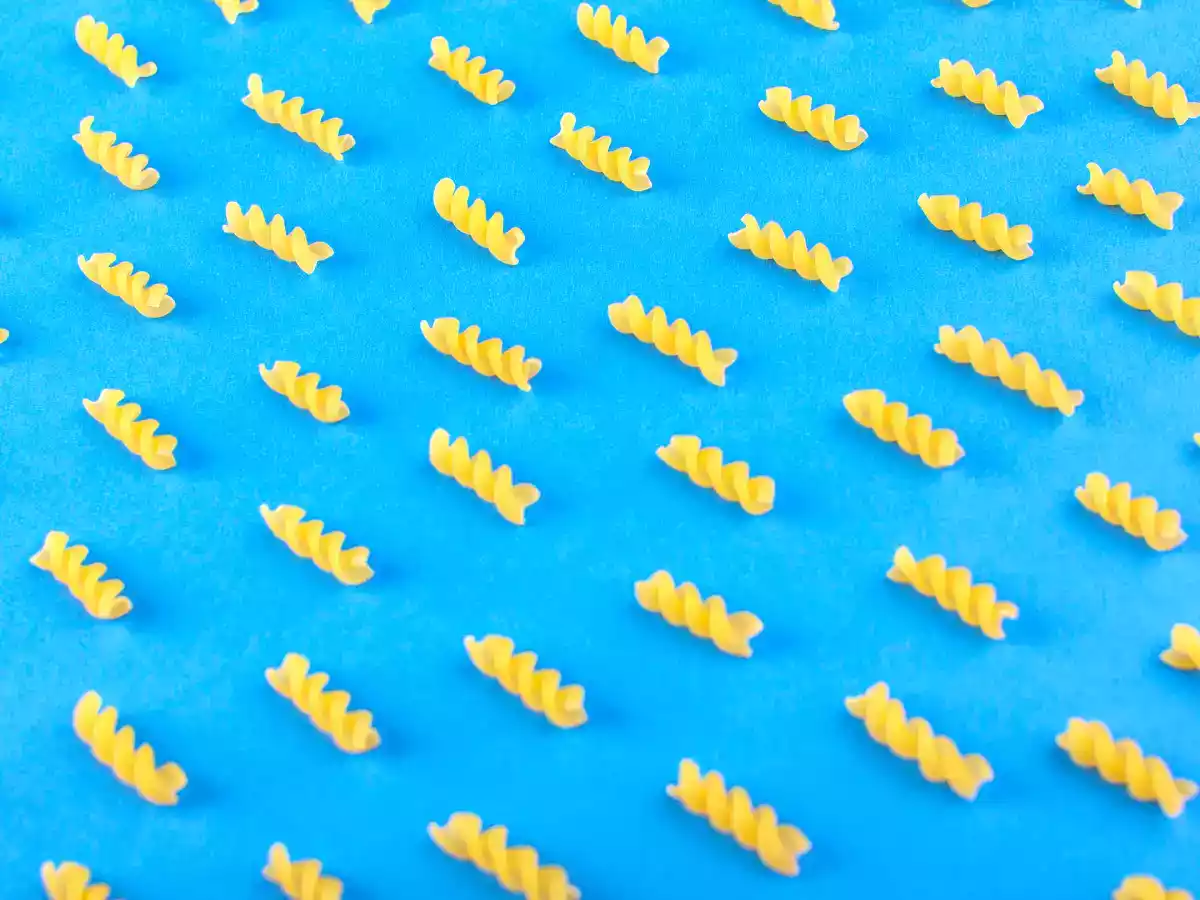Pasta, meat and so much more: the 6 most amazing foods you can 3D print!

3D printing in the food industry is an emerging technology that is revolutionizing the way we create, prepare and enjoy food. It is an innovation capable of transforming ingredients and processes, opening up possibilities that combine creativity, convenience and customization never before seen in the culinary world. This method harnesses the layering of ingredients, often in the form of purees, pastes, powders or gels, to build foods with innovative aesthetics and tailored nutritional composition, offering a wide range of applications from fine dining to personalized nutrition to sustainable food production. Discover the 6 foods that are driving this revolution!
1. Chocolate
Due to its ease of melting and solidification, chocolate is one of the most widely used materials in food 3D printing. This technique allows for complex and precise shapes, making it possible to create sculptures, decorations and structures with varied textures. 3D printing of chocolate is revolutionizing the world of confectionery, allowing professionals to make unique and customized creations.
2. Pasta
3D printing is also extending to pasta production. Companies such as Barilla are employing the technology to make pasta shapes with complex and intricate shapes. Using a dough made from durum wheat semolina and water, 3D printing enables optimization of pasta geometry, improving cooking and texture. This technological innovation offers restaurant professionals new tools to create unique and personalized dining experiences.
3. Alternative meats
Companies such as Redefine Meat are using this technology to create increasingly realistic and sustainable alternatives to meat. Thanks to 3D printing, it is possible to faithfully reproduce the texture and flavor of traditional meat, but using plant-based ingredients. This allows for products that are healthier for the environment and have less impact on the planet, without sacrificing taste.
4. Pizza
Pizza is another food to benefit from this innovative technology. NASA, in particular, has developed a prototype 3D printer that can create custom pizzas by depositing successive layers of dough, sauce and cheese. This technique could find application in settings where rapid and flexible food production is required, such as space missions and healthcare facilities.
5. Energy bars
3D printers, in addition to creating complex shapes, make it possible to customize snacks and energy bars. By adjusting macronutrients and supplements, products can be tailored to the needs of athletes and people with active lifestyles. This technology makes it possible to optimize energy and nutritional intake quickly and effectively.
6. Foods for specific diets.
3D food printing also offers a wide range of benefits for personalized nutrition. Through precise modulation of the physical and chemical characteristics of foods, preparations can be created to suit specific dietary needs. In particular, this technology is useful for preparing foods for the elderly, dysphagics, athletes, and patients with chronic diseases, allowing for optimized nutritional intake and easier swallowing.
Conclusions
Food 3D printing relies on advanced technologies that allow edible materials to be deposited layer by layer, creating three-dimensional objects with amazing accuracy. The materials used can range from simple ingredients such as flour and water to biopolymers and plant cells. The potential applications of this technology are vast, ranging from the creation of personalized foods to the production of biological tissues for medical purposes. In the future, we may see the development of increasingly sophisticated domestic 3D printers that will allow anyone to prepare nutritious and creative meals right at home.
Also read:
 Daniele Mainieri
Daniele Mainieri

Comments